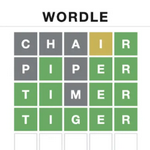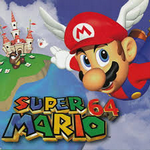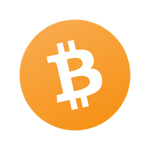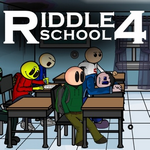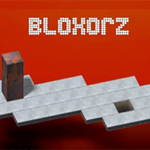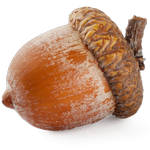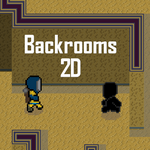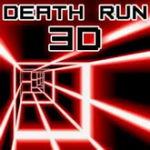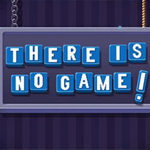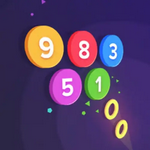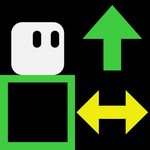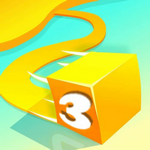
guess the number Unblocked
## Decoding the Delight: A Deep Dive into the Guess the Number Game
The seemingly simple "Guess the Number" game, where a computer (or another person) selects a random number within a specified range, and the player attempts to guess it within a limited number of tries, holds a surprising amount of depth. It's a foundational example in computer science, a fun pastime, and a surprisingly effective tool for teaching problem-solving skills. Let's explore what makes this classic so captivating.
The Mechanics of the Mystery:
At its core, the game's simplicity is its strength. A computer generates a secret number, often between 1 and 100. The player then makes guesses, receiving feedback in the form of "higher" or "lower" depending on their guess relative to the secret number. The goal is to guess the correct number using the fewest possible attempts.
The game's inherent challenge arises from the player's need to strategically balance exploration and exploitation. Early guesses might be broad, aiming to quickly narrow the range of possibilities. As the player gains information, they can refine their strategy, focusing on smaller intervals. This iterative process of using feedback to refine a hypothesis is at the heart of many problem-solving methodologies.
Optimizing the Guessing Strategy:
The most efficient way to play Guess the Number is to employ a binary search algorithm. This involves consistently selecting the midpoint of the remaining range of possible numbers. For example, if the range is 1-100, the first guess should be 50. If the response is "lower," the next guess should be 25; if "higher," it should be 75. By consistently halving the search space, the number of guesses required is minimized. In a range of 1-100, a binary search guarantees finding the number within seven guesses (log₂100 ≈ 6.64).
Beyond the Binary:
While binary search is optimal in theory, human players often deviate from this perfect strategy. Psychological biases, such as a tendency to avoid extreme values or repeat previously unsuccessful guesses, can impact performance. This makes the game an interesting study in human decision-making. Variations on the game, such as introducing different ranges or adding complexities like allowing for multiple guesses at once, further increase the strategic depth.
Educational Applications:
The simplicity and inherent logic of Guess the Number make it an excellent educational tool. It effectively teaches:
* Algorithmic thinking: Players learn to develop and refine strategies based on feedback.
* Problem-solving skills: The game emphasizes systematic approaches and iterative improvement.
* Logical reasoning: Players learn to deduce information from limited clues.
Conclusion:
"Guess the Number" may seem like a trivial game, but it's a powerful microcosm of larger computational and problem-solving principles. Its blend of simplicity and strategic depth makes it a compelling experience for both casual players an

